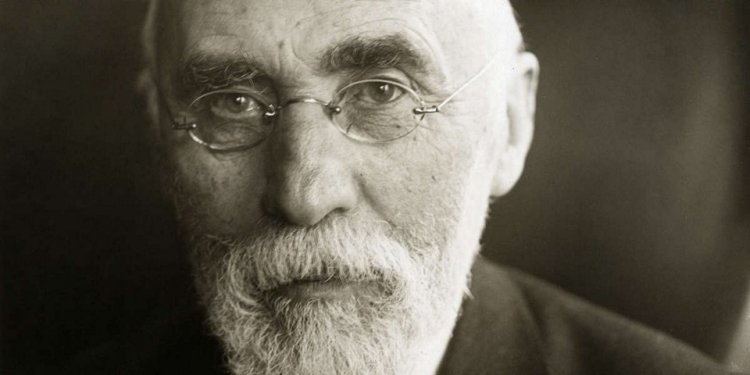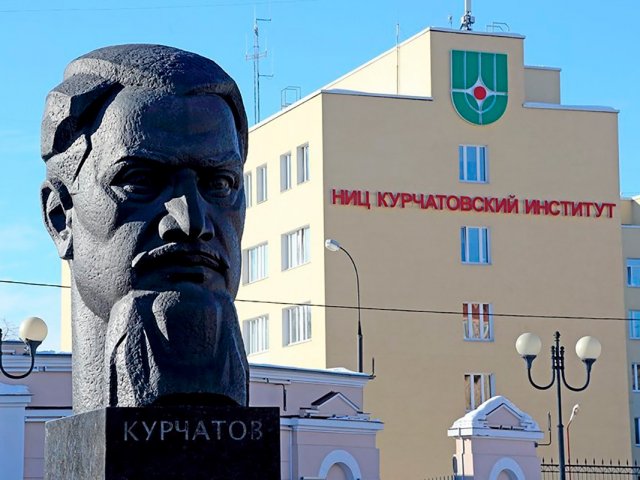Official:
Hendrik Antoon Lorenz, July 18, 1853 – February 4, 1928. Dutch theoretical physicist, winner of the Nobel Prize in Physics. Member of the Royal Netherlands Academy of Sciences, foreign corresponding member of the St. Petersburg Academy of Sciences and foreign honorary member of the USSR Academy of Sciences.
Life and Work:
1. “It may well be said that Lorentz was regarded by all theoretical physicists as the world’s leading spirit, who completed what was left unfinished by his predecessors and prepared the ground for the fruitful reception of the new ideas based on the quantum theory,” reads Lorenz’s biography published by the Nobel Foundation.
2. Theoretical physicists know about Lorentz’s intelligence, and any schoolboy knows about Lorentz’s force. This is what they call a force that acts on a charge moving in a magnetic field. There is also the Lorentz – Lorentz formula – the ratio between the substance density and its refractive power. Independently of Henrik Lorenz, it was discovered by the Danish physicist Ludwig Lorenz.
3. The future scientist’s father was from Germany, and all his ancestors were engaged in agriculture. The owner of a fruit tree nursery in Arnhem, Netherlands, became a widow early, and Hendrik was raised by his stepmother, a kind and caring woman.
4. In his early childhood, Lorenz seemed to be challenged in terms of development; he was fragile and weak in terms of health, but school dispelled the fears. He became the best student at the best school in Arnhem.
5. Hendrik Lorenz never believed in God since he was a child. According to his daughter, “the belief in the supreme value of reason... replaced his religious beliefs.” But the future physicist still attended church: the inquisitive boy listened to sermons in French and German and thus learned these languages.
6. Lorenz, who had an exceptional memory, also learned English, Greek, and Latin, and he wrote poetry in Latin until an old age.
7. After a year and a half at the University of Leyden, Lorenz completed his bachelor’s degree and returned home to Arnhem to continue his independent study of Maxwell’s work, which impressed him so much that it determined Lorenz’s path in science.
8. In 1875, Lorenz brilliantly defended his doctoral dissertation On the Theory of Reflection and Refraction of Light, where he explained these processes based on Maxwell’s theory.
9. The newly minted doctor was invited to become a professor of mathematics in Utrecht, but he refused – he dreamed of theoretical physics. Soon the dream came true: the 24-year-old Lorenz was appointed professor of the newly created department of theoretical physics in Leyden – the first such department in the Netherlands and one of the first ones in Europe.
10. In early 1881, Hendrik Lorenz married Aletta Kaiser, a niece of an astronomy professor who taught him at Leyden University. They lived unhurriedly and happily. They had two daughters and a son to decorate their lives: the eldest daughter became her father’s student, studied physics and mathematics, and married the famous scientist de Haaz.
11. Lorenz’s works were little known in the scientific world until the end of the 19th century: the shy scientist was little published abroad and did not participate in conferences or symposia. Already being the author of the electronic theory that complemented Maxwell’s electrodynamics and a member of the Royal Netherlands Academy of Sciences, Lorenz attended a major international congress of scientists for the first time.
12. In 1896, Lorenz’s student, Peter Zeeman, discovered the phenomenon of splitting of a spectral line in a magnetic field, which had been predicted by his teacher. Lorenz explained this phenomenon, and a few years later, the teacher and the student received the Nobel Prize “in recognition of the extraordinary service they rendered by their researches into the influence of magnetism upon radiation phenomena.”
13. Hendrik Lorenz became the first theoretical physicist to be awarded the Nobel Prize. The newly-minted laureate traveled to leading scientific centers with lectures, but he categorically refused the invitations to other universities.
14. On the basis of the electronic theory, Lorenz developed the electrodynamics of moving media. The great Dutchman developed the light dispersion theory and obtained a number of important results in thermodynamics, kinetic theory of gases, general relativity theory, and the theory of thermal radiation. Lorentz’s work contributed to the formation and development of ideas related to special relativity and quantum physics.
15. With the advent of quantum physics ideas, Lorenz realized the imperfection of the old scientific concepts. When the first Solvay Congress met in 1911 to discuss the quantum theory, Lorenz was elected chairman – his scientific recognition was that great.
16. The celebration of Lorentz’s 50th anniversary of scientific activity has literally become a national holiday. About two thousand people from all over the world, including many major physicists, came to the celebration. Prince Hendrik presented the scientist with the highest award of the Netherlands – the Grand Cross of the Order of Orange-Nassau, while the Royal Academy of Sciences established the Lorenz Medal for achievements in theoretical physics.
17. Over the Lorenz’s coffin, Einstein said: “He shaped his life like an exquisite work of art down to the smallest detail. His never-failing kindness and generosity and his sense of justice, coupled with a sure and intuitive understanding of people and human affairs, made him a leader in any sphere he entered. Everyone followed him gladly, for they felt that he never set out to dominate but only to serve.”
18. As a sign of national mourning on the day of his funeral, telegraph service was suspended for three minutes at noon across the country.
19. Lorenz was not a great aphorist, but one of his smart phrases is quoted quite often. After the outbreak of the First World War, he told Albert Einstein, “My nation, fortunately, is too small to make big stupidity.”






















